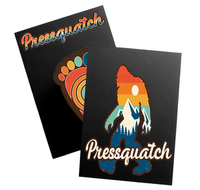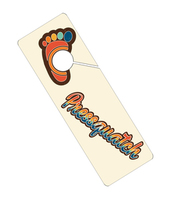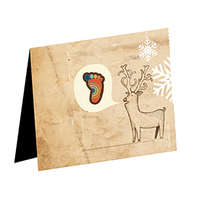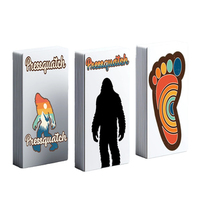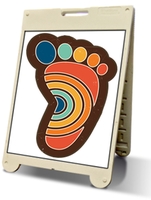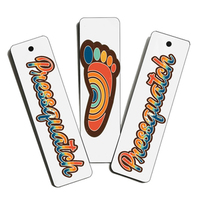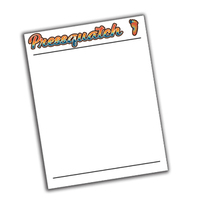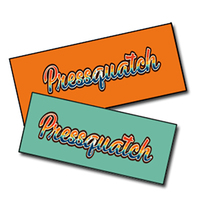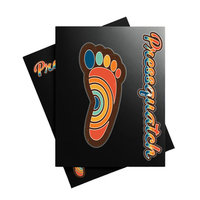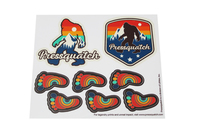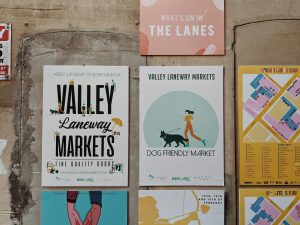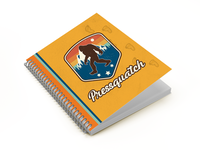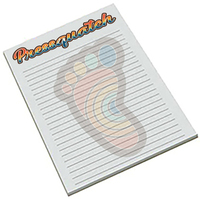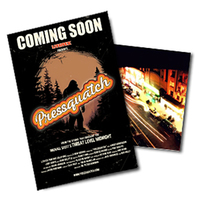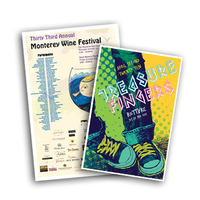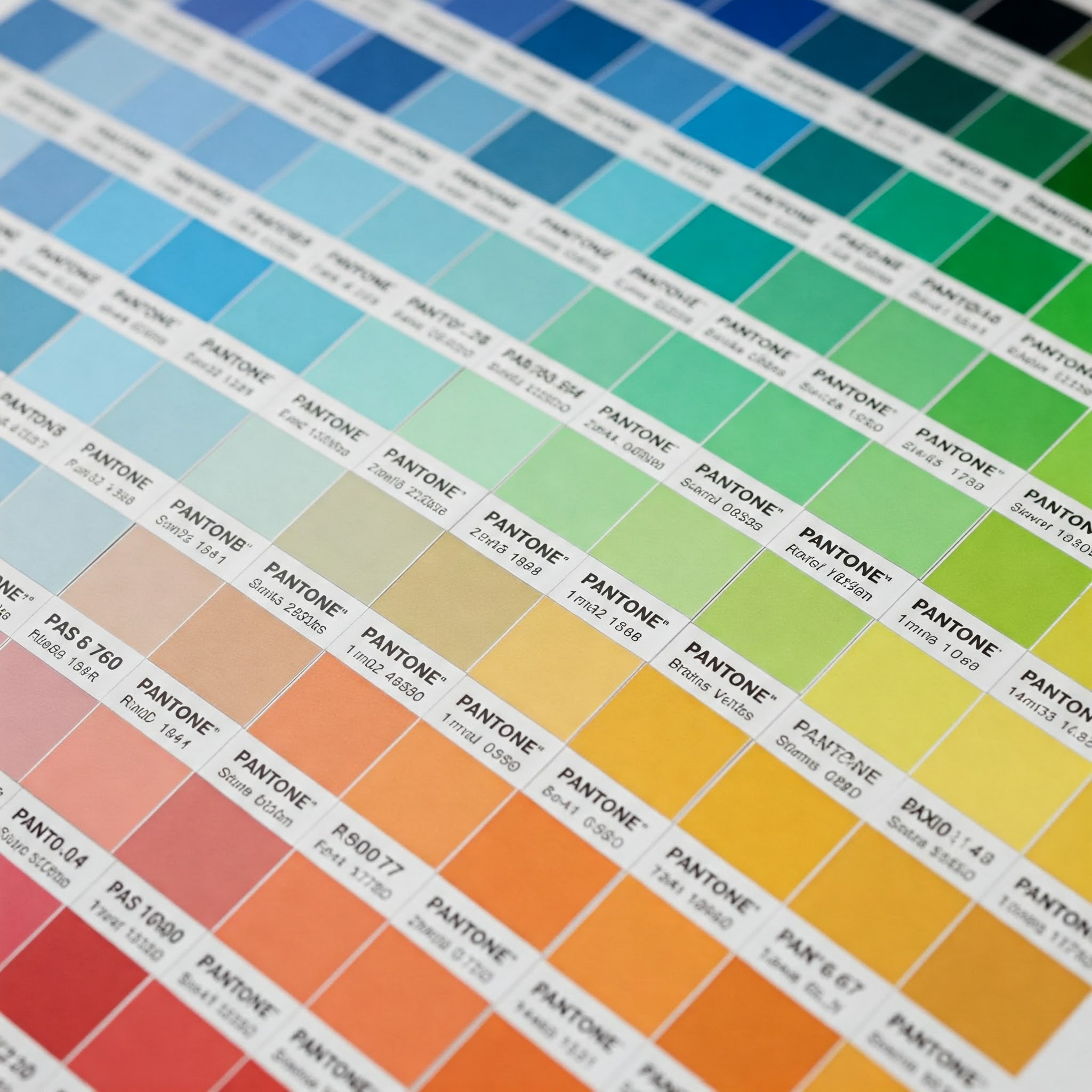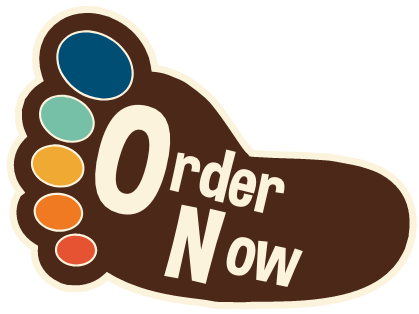The world of print has always been an evolving landscape, shifting with technology, consumer demand, and innovation. From the earliest woodblock presses to today’s high-speed digital printers, the industry has continuously adapted to meet the needs of businesses, creatives, and everyday people.
But what’s next? With the rise of AI-driven design, sustainable materials, and interactive print, the future of print isn’t just about ink on paper—it’s about transformation.
Let’s explore where the industry is headed and what it means for businesses, marketers, and print enthusiasts alike.
1. Sustainability Will Lead the Way
One of the biggest shifts in print is the demand for eco-friendly materials and processes. Consumers and businesses are looking for ways to reduce waste and minimize environmental impact. Expect to see:
- Recyclable & Biodegradable Inks – New soy- and algae-based inks are emerging as sustainable alternatives to petroleum-based options.
- Tree-Free Paper – Materials like hemp, bamboo, and even stone paper are becoming more popular.
- Carbon-Neutral Printing – Many companies are adopting carbon offset programs to make printing more sustainable.
What it means for you: Businesses that prioritize sustainability will have a competitive edge as consumers actively seek eco-conscious brands.
2. The Rise of Smart & Interactive Print
Print is no longer just about what’s on the page—it’s about how it connects to the digital world.
- QR Codes & NFC Technology – Smart business cards, menus, and packaging that link directly to websites, videos, or interactive experiences.
- Augmented Reality (AR) Print – Printed designs that come to life when scanned with a smartphone, turning static images into animated and interactive content.
- Smart Packaging – Labels that change color when a product expires or print that responds to touch with texture or scent.
What it means for you: Brands that embrace interactive print will bridge the gap between digital and physical marketing, creating deeper engagement and higher conversions.
3. Personalization & On-Demand Printing
Gone are the days of mass-produced, one-size-fits-all print runs. Consumers want customized, made-for-them experiences.
- Variable Data Printing (VDP) – Personalized postcards, direct mail, and packaging with names, locations, or unique designs tailored to individual buyers.
- Print-on-Demand (POD) Services – Small-batch printing for books, apparel, and marketing materials, reducing waste and inventory costs.
- AI-Designed Prints – Automated design tools that generate unique print layouts based on customer preferences and behavior.
What it means for you: Personalized print is proven to increase response rates and customer loyalty, making it a must-have strategy for businesses looking to stand out.
4. 3D Printing & Advanced Materials
3D printing is no longer just for prototypes—it’s revolutionizing industries like architecture, fashion, and medicine.
- Wearable 3D-Printed Clothing & Accessories – Custom footwear, jewelry, and apparel with intricate, impossible-to-make designs.
- Printed Housing & Construction Materials – Concrete and biodegradable materials printed into structures for disaster relief and affordable housing.
- Hybrid 2D & 3D Printing – Combining traditional ink printing with embossed textures to create raised lettering, braille, and enhanced packaging.
What it means for you: While 3D printing may seem futuristic, expect its influence to blend into everyday print materials, offering more tactile and immersive experiences.
5. AI & Automation in Printing
Artificial intelligence is reshaping the way we design, print, and manage production.
- AI-Powered Design Tools – Automating layouts, typography, and branding for faster, smarter print production.
- Automated Print Shops – Robotic systems optimizing workflows, cutting costs, and increasing efficiency.
- Predictive Analytics for Print Marketing – AI analyzing customer behaviors to recommend the best print materials, colors, and messaging.
What it means for you: AI-driven printing reduces waste, increases speed, and improves accuracy, allowing businesses to deliver higher-quality materials at a fraction of the cost.
The Future of Print is Limitless
Far from being a dying industry, print is undergoing a creative and technological revolution.
As sustainability, personalization, interactivity, and AI shape the future, businesses that embrace these innovations will find new opportunities to connect with audiences in meaningful ways.
- For brands: Print is no longer just about advertising—it’s about creating an experience.
- For designers: The next era of print blends digital and physical worlds like never before.
- For print lovers: Get ready—the best is yet to come.


